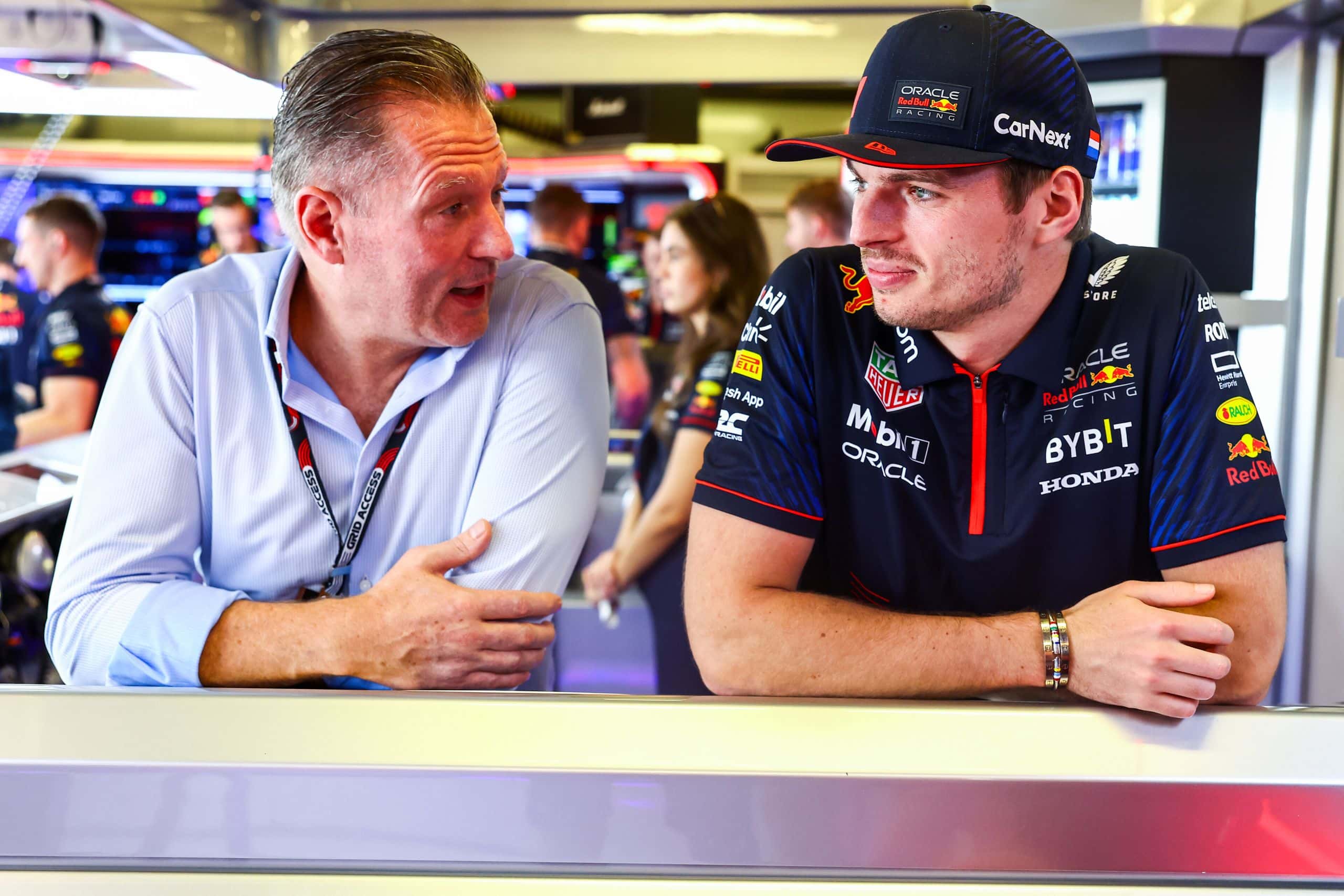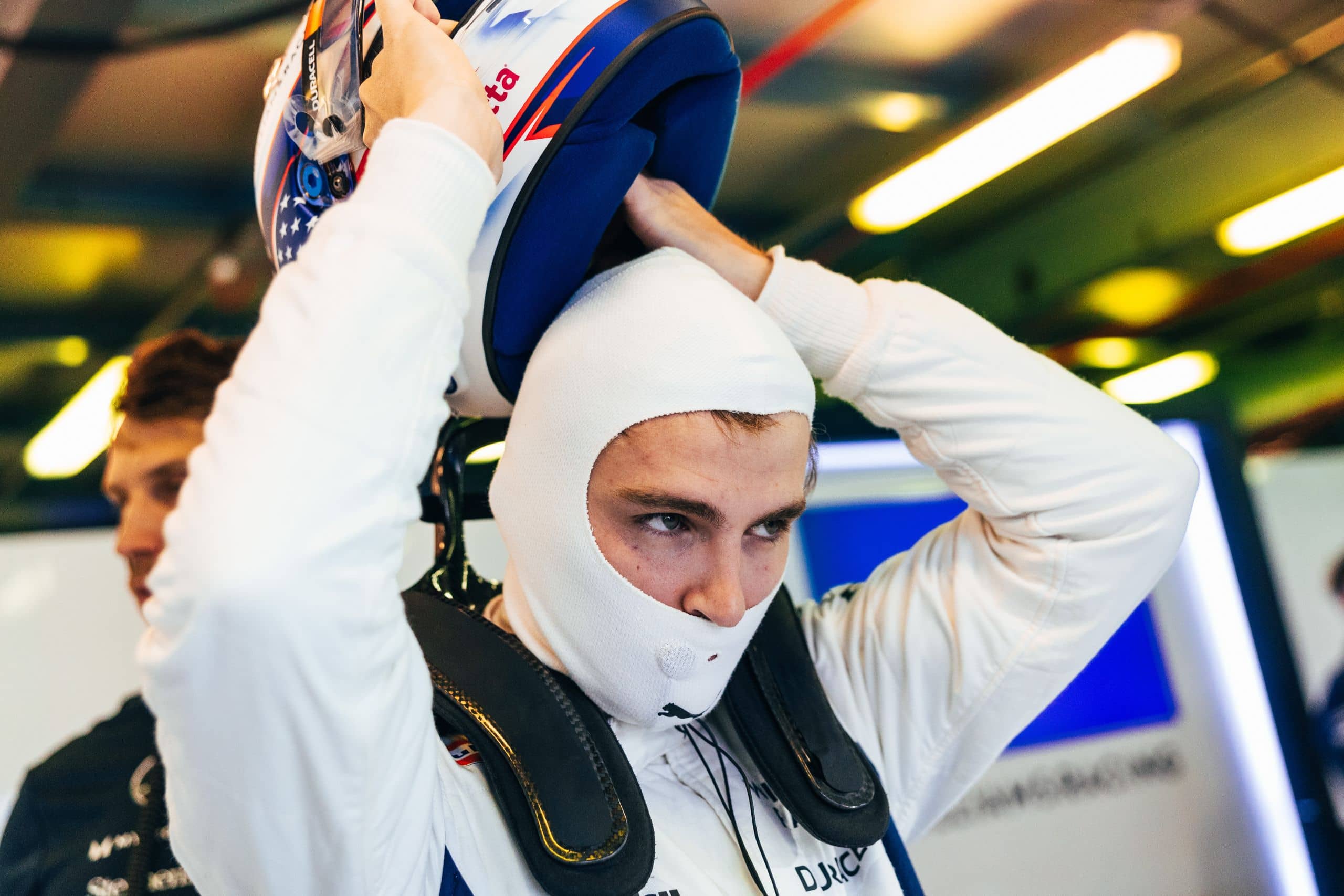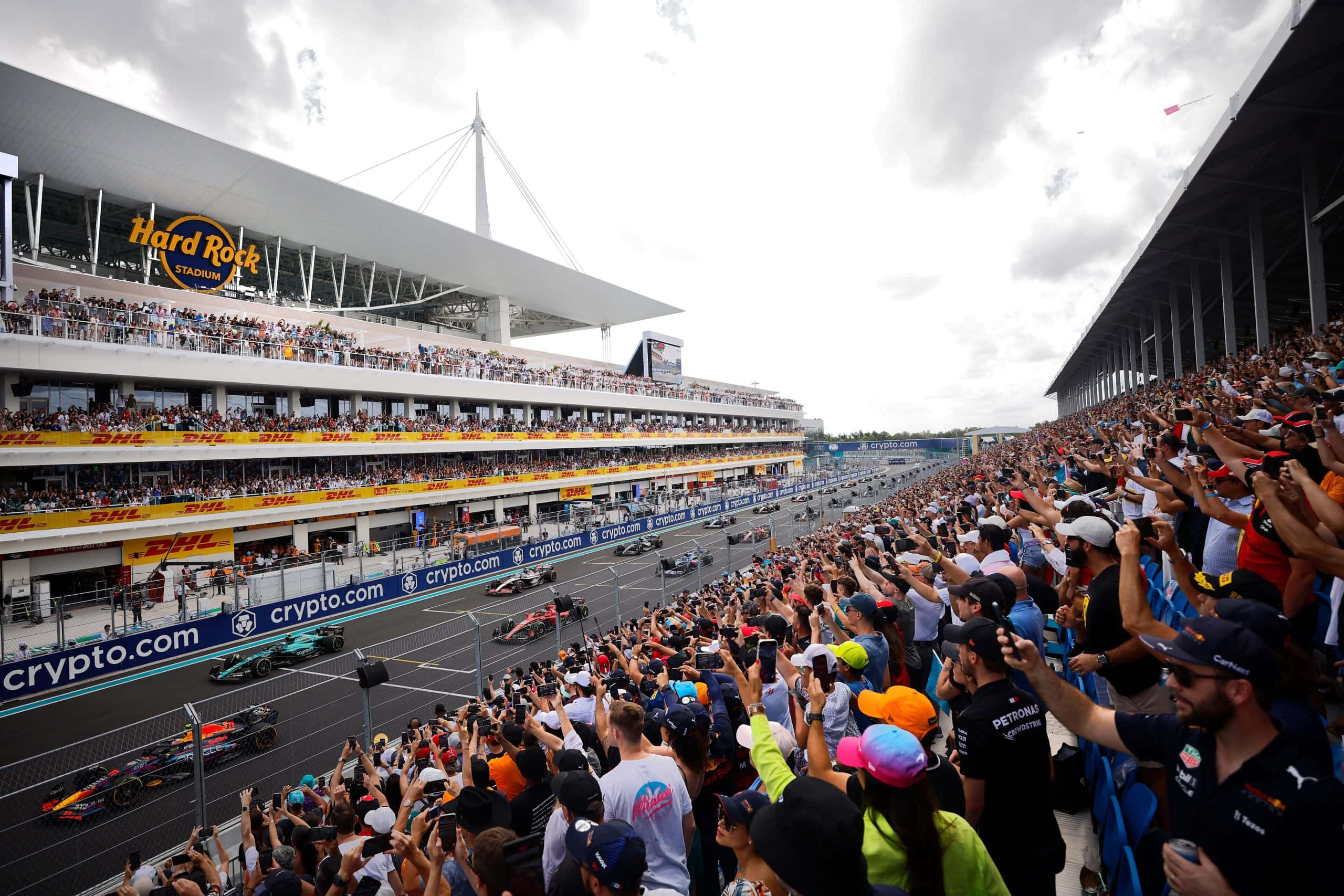The Role Of Simulation Technology In Educating Future F1 Engineers
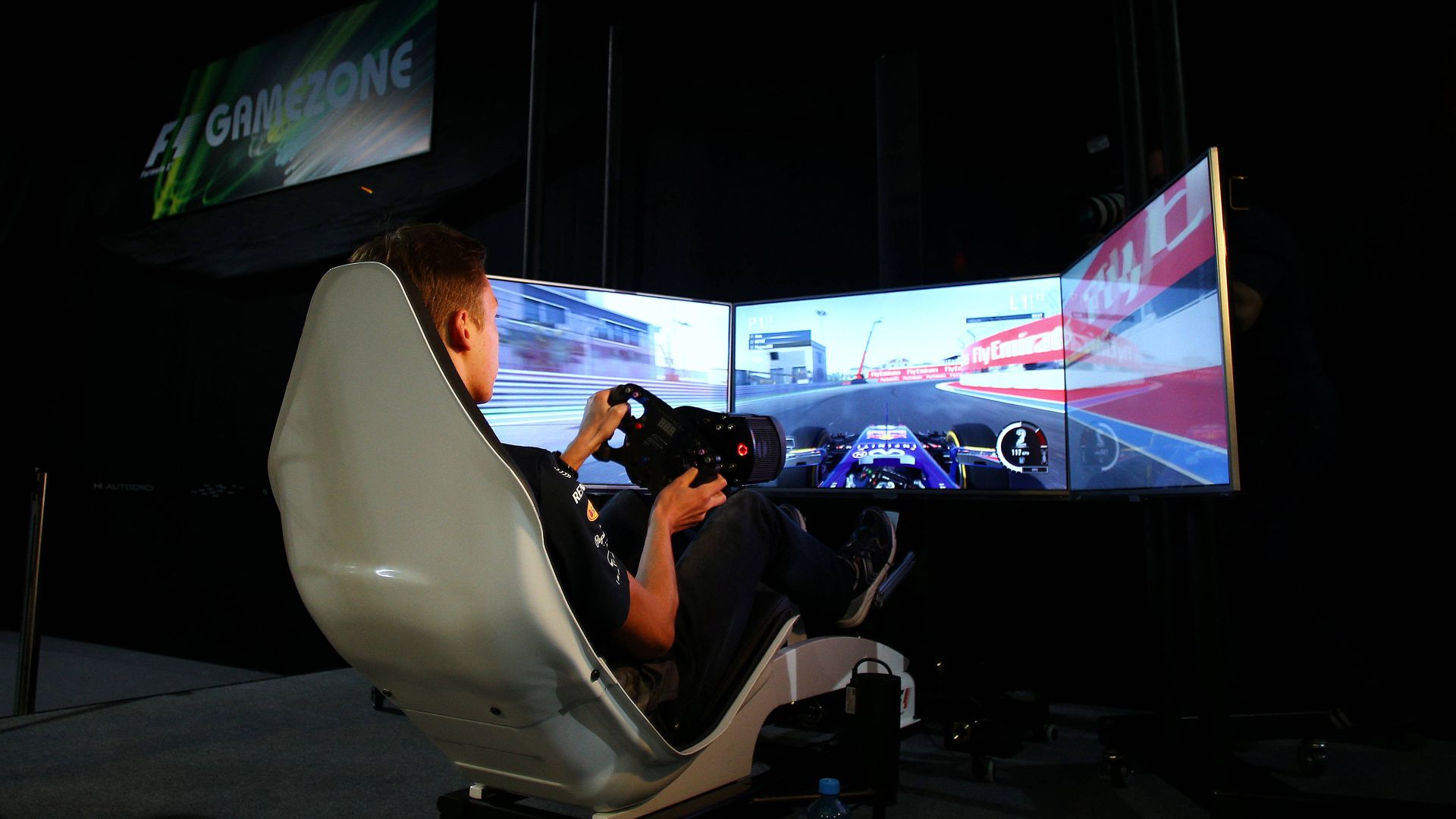
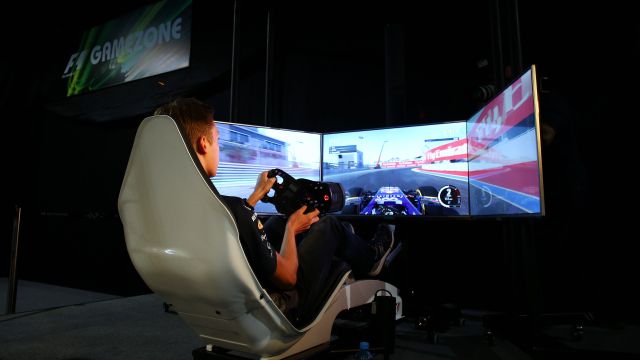
Formula 1 racing is a dynamic and ever-changing industry, and simulation technology has become an essential and game-changing tool for training F1 engineers of the future. The need for new developments, ways to maximize performance, and enhancements to safety in the sport has increased dramatically over the past few years. Consequently, state-of-the-art methods of instruction are necessary to prepare the engineers of the future for the specific opportunities and threats that they will encounter in the F1 industry.
With a high level of innovation taking place in every sector, students are the ones who are benefiting the most. They get a lot of educational assistance online today, from buying online assignments to virtual assistance. Students can order essay papers and buy essays easily from different platforms at cheap prices. The ability for students to conveniently buy an essay or order essay paper online has become an essential part of their academic journey.
Talking about the latest technological developments in various fields of education, from medicine to engineering, many college campuses are also integrating advanced technology to ensure a safe and inclusive learning environment. And demand for skilled pass-outs from colleges with any doctor, engineer, or aviation degree is rapidly increasing.
In this article, we will focus on how simulation technology is playing a very essential role in educating future F1 engineers.
What Is Simulation Technology?
Simulation technology refers to the use of computer software to aid the decisions of engineers. It is also used for training purposes. Computer-generated models and representations are used to imitate real-world systems, processes, or environments. Users can experience and interact with the virtual scenario that replicates the physical world.
Today, one can experience the use of this technology in several fields, including education, gaming and entertainment, healthcare, training, research, and industry.
Some specific examples:
- In industries, simulation is used for optimization, product development, and testing of virtual prototypes before developing physical products.
- While any training, it provides a risk-free environment for the trainees to practice and refine their skills.
- Similarly, in healthcare, simulation is used to practice medicinal procedures and decision-making.
Using Simulation Technology in Educating F1 Engineers
Sports are constantly evolving, and so is the demand for skilled engineers who can navigate the complexities of the fast-paced world of F1. The new Formula 1 simulation provides engineers with the real-time experience of working for a race team from their college premises.
In some universities, a high-tech simulator is installed in their engineering and computing departments to train students to the highest level. This simulation environment is pretty much similar to the one used by the topmost racing teams in the world. Students learn to use machines, analyze data, and understand the possibilities of adaptations in vehicle setups while observing the fast-paced races virtually.
How Simulation Technology Puts Theory into Action?
You must get fascinated while watching the fast F1 sports racing car in any race. Its design, body, speed, and even the racing track all look so attractive. But a lot goes on behind the scenes of the F1 racing industry. There is a whole team working on it that includes many engineers who sketch, design, and simulate these F1 cars.
Let’s find out how these engineers are educated and trained.
1. Complexities Involved with F1 Engineering
The formation of F1 cars involves aerodynamics, power units, and cutting-edge materials. To execute them in the process, skilled engineers are required.
So, simulation technology trains them to understand the complexities of designing and optimizing related aspects. It allows students to explore and comprehend the challenges involved in the formulation of F1 cars. Several tools, like aerodynamic solutions or thermal analysis, enable students to understand the multifaceted situations within the process.
2. Virtual Guidance is Provided
The field of education has undergone a significant shift from a focus on theoretical concepts to a greater emphasis on practical application.
In the context of F1 cars, everything is fast-paced, and time is very crucial.
- Simulation technology helps students engage in virtual prototyping to experiment in a simulated environment.
- Students get the opportunity to witness the direct impact of their designs on performance metrics.
- It also stimulates their learning process and instills a sense of practicality.
3. Realistic Sessions
The simulation process arranges a realistic race platform for engineering students, where they learn the factors influencing any outcomes. They can also formulate and practice different strategies to improve their decision-making skills in this virtual environment.
Such virtual testing enables them to simulate a higher level of accuracy. All this is an advanced form of experimental education.
In 2014, the University of Brescia joined an FSAE competition, where more than 100 students were involved in several projects. It also included a simulation of a professional race car with control optimal application.
4. Data Analysis
During the race, these modern F1 cars generate lots of data. Analyzing every data point is crucial for the optimization of performance.
With simulation technology, students can leverage and interrupt the data to improve their performance. All this experience helps them to develop expertise in real-time data analysis and the skills of engineering the F1 race cars.
From time to time, many companies announce free workshops for 3D engineering simulation for Formula 1 racing cars. That is always an excellent opportunity for these students.
5. Reduced Costs
Simulation technology cuts off the extra costs of developing physical prototypes for testing. Here, students can learn through multiple design concepts without any physical manufacturing.
This iterative process gives students a more comprehensive range of performing and honing engineering skills. There is no fear of financial constraints, so students can freely explore multiple unconventional ideas.
6. Amalgamation of Learning with Virtual Reality
The implementation of VR technology in F1 engineering has revolutionized the way aspiring engineers are trained.
- VR allows students to experience a highly realistic simulation of driving an F1 racing car.
- It provides them with an unparalleled understanding of the challenges faced by F1 drivers.
- It also enhances their knowledge of human-machine interfaces and aerodynamics.
- The aspiring engineers get better equipped to design and develop cutting-edge technologies to go along with the high-speed demands of sports.
7. Setting Major Collaborations
The simulation technology works as a bridge between academics and the sports industry. Several times, F1 teams or the industry collaborated with educational institutions.
- In 2021, Oxford University collaborated with F1 on a new scholarship to motivate and support its undergraduate engineers.
- The Wyndham Tech School partnered with Re-Engineering Australia Foundation Ltd. through F1 and STEM appeal. The students were introduced to industry specialists to develop their aerodynamic and manufacturing designs and testing skills.
- Ansys also provides F1 in-school team software.
Such collaborations expose students to real-world challenges and enable a seamless transition from the academic to the professional world. It ensures that the skills developed can be directly applied in the fast world of Formula 1 cars.
Conclusion
Incorporating simulation technology for educating aspiring engineers is an exciting aspect of the latest technological advancement. It is safe and beneficial for everyone, including students, universities, and ultimately the sports world.
Students get the best knowledge and practical experience; universities can train new upcoming engineers in the most cost-effective ways; and overall, it provides a better scope for innovation and experimentation in the manufacturing designs of Formula 1 cars. With the evolution of sports, the role of simulation technology is also becoming more prominent as it continues to push the new boundaries of innovations.

